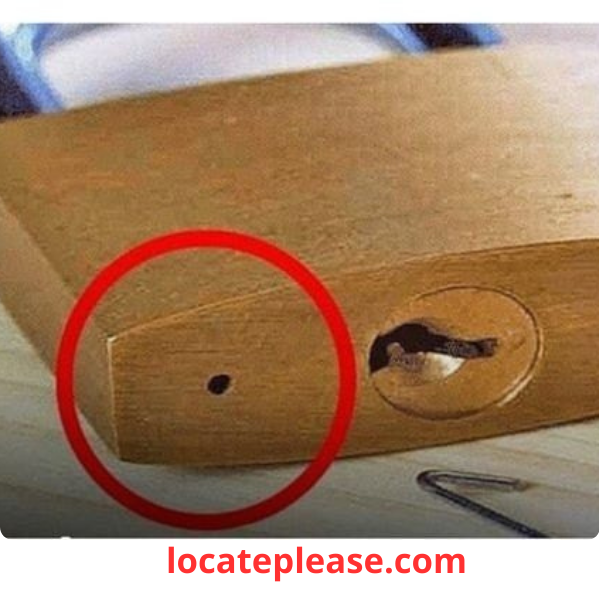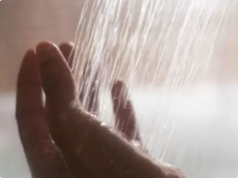You’ve probably used a padlock before — on a bike, a garden shed, a locker, or a gate.
It’s a simple, sturdy tool designed to keep your belongings safe from theft and the elements.
But have you ever looked closely at the bottom of a padlock and noticed the tiny little hole?
It’s so small, it’s easy to miss.
And yet, it’s not a manufacturing flaw or a design oversight.
👉 That little hole has a very important purpose.
Let’s uncover the mystery behind this hidden feature — and why it’s more essential than you think.
🔍 The Real Purpose: Drainage to Prevent Rust
The most important job of that tiny hole?
To let water escape.
Padlocks are often used outdoors — exposed to rain, snow, morning dew, and humidity.
When moisture gets inside the lock (through the keyhole or cracks), it can trap water inside the mechanism, leading to:
- Rust
- Corrosion
- Frozen components in winter
- Stiff or jammed locks
The small hole at the bottom acts as a drainage port, allowing trapped water to flow out instead of sitting and damaging the internal parts.
This simple design feature:
- Extends the life of the padlock
- Prevents rust and freezing
- Keeps the lock functioning smoothly — even after heavy rain
Think of it as a pressure release valve — nature’s way of protecting your lock from the weather.
🛠️ A Second Use: Lubrication Access
Beyond drainage, the hole also serves a clever maintenance purpose.
When a padlock becomes stiff, sticky, or difficult to open, you don’t need to disassemble it.
Instead, you can use that tiny hole to add lubricant directly into the mechanism.
Here’s how:
- Use a lubricant with a precision nozzle (like silicone spray or graphite powder)
- Aim it into the bottom hole (and the keyhole)
- Let the lubricant seep into the internal parts
- Work the shackle up and down to distribute it
This helps:
- Free up a frozen lock
- Reduce friction
- Protect against future moisture buildup
✅ Pro Tip: Avoid WD-40 for long-term use — it can attract dust. Opt for dry graphite or silicone-based sprays instead.
🌧️ Weatherproof Padlocks: The Modern Alternative
While the drainage hole is smart, it does mean water can enter from the top — which is why weatherproof padlocks have become popular.
These advanced locks feature:
- Rubber seals around the shackle and keyway
- Covered keyholes to block rain
- No drainage hole — because moisture is kept out in the first place
These are ideal for extreme climates or high-security outdoor use.
But for standard, affordable padlocks, the drainage hole remains a brilliant, low-tech solution to a common problem.
🧩 Other Everyday Items With Hidden Features
The padlock’s tiny hole is just one example of smart, hidden design in everyday objects.
Here are a few more:
|
Airplane windows
|
Tiny hole (called ableed hole) that regulates cabin pressure and prevents fogging
|
|
Pasta spoon
|
The hole measures a single serving of spaghetti
|
|
Jeans
|
Tiny pocket (originally for pocket watches) and rivets to prevent tearing
|
|
Pen caps
|
Holes to prevent choking if swallowed (let air pass)
|
|
iPhone charging port
|
Two small holes on either side are microphones for noise cancellation
|
These small details show how much thought goes into the tools we use every day.
💡 Final Thoughts: Small Design, Big Impact
That little hole at the bottom of your padlock may seem insignificant — but it’s a perfect example of elegant engineering.
It solves a real-world problem with zero extra parts:
👉 Let water out, keep the lock working, and extend its life.
So next time you’re unlocking your bike or shed, take a second to appreciate that tiny opening.
Because sometimes, the smallest features make the biggest difference.
Smart design isn’t always loud. Sometimes, it’s just a little hole at the bottom.










